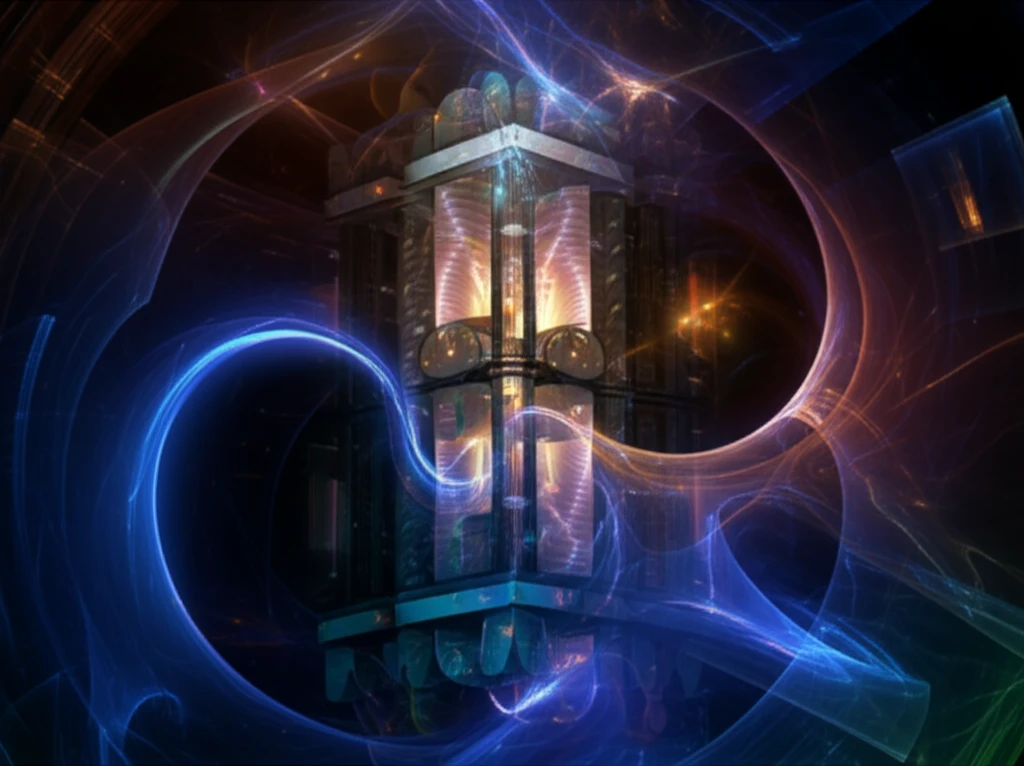
Helical Tubes: The Unsung Heroes of Efficient Heat Transfer?
"Unlocking the Secrets of Helical Tube Design for Optimal Performance and Reduced Entropy Generation"
In industries ranging from chemical processing to HVAC systems, the efficiency of heat exchangers is paramount. One key component that often goes unnoticed is the humble tube. While straight tubes have been the standard for years, a growing body of research highlights the superior performance of helical tubes, those coiled wonders that can dramatically enhance heat transfer rates.
The secret behind helical tubes lies in their unique geometry, which induces a secondary flow known as Dean flow. This secondary flow disrupts the boundary layer, promoting better mixing and significantly increasing heat transfer compared to straight tubes. This article dives into the numerical evaluation of heat transfer and entropy generation within helical tubes, exploring how different cross-sectional shapes impact their overall efficiency.
We'll break down the key findings of recent research, revealing how helical tube design affects heat transfer rates, pressure drop, and entropy generation. Whether you're an engineer looking to optimize heat exchanger design or simply curious about the science of thermal efficiency, this exploration of helical tubes will provide valuable insights.
Decoding Helical Tube Performance: It's All About the Curves

The complex interplay of curvature and fluid dynamics within helical tubes creates a unique environment for heat transfer. Unlike straight tubes, where flow tends to be laminar and heat transfer is limited by the boundary layer, helical tubes introduce a swirling motion that enhances mixing and thermal conductivity.
- Coil Geometry: The diameter and pitch of the coil significantly impact the strength of the secondary flow and, consequently, the heat transfer rate.
- Cross-Sectional Shape: Circular, elliptical, and square cross-sections exhibit different flow characteristics and heat transfer performance.
- Fluid Properties: The type of fluid, its viscosity, and thermal conductivity all play a crucial role in the overall heat transfer process.
The Future is Coiled: Optimizing Helical Tube Design for a Sustainable Future
The research clearly demonstrates that helical tubes offer significant advantages over straight tubes in terms of heat transfer performance. However, this enhanced heat transfer comes at the cost of increased pressure drop, requiring a careful balance between performance and energy consumption.
Furthermore, the study highlights the importance of cross-sectional shape in optimizing helical tube design. While square cross-sections may offer the highest heat transfer rates, they also exhibit the highest pressure drop and entropy generation. Circular and elliptical cross-sections may provide a more balanced approach, minimizing energy losses while still achieving significant heat transfer enhancement.
As industries continue to seek more efficient and sustainable solutions, helical tubes are poised to play a crucial role in optimizing heat exchanger design and reducing energy consumption. Future research will likely focus on exploring novel geometries, materials, and operating conditions to further enhance the performance of helical tubes and unlock their full potential.
